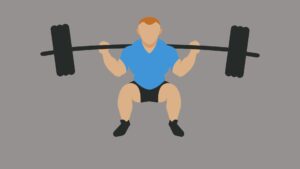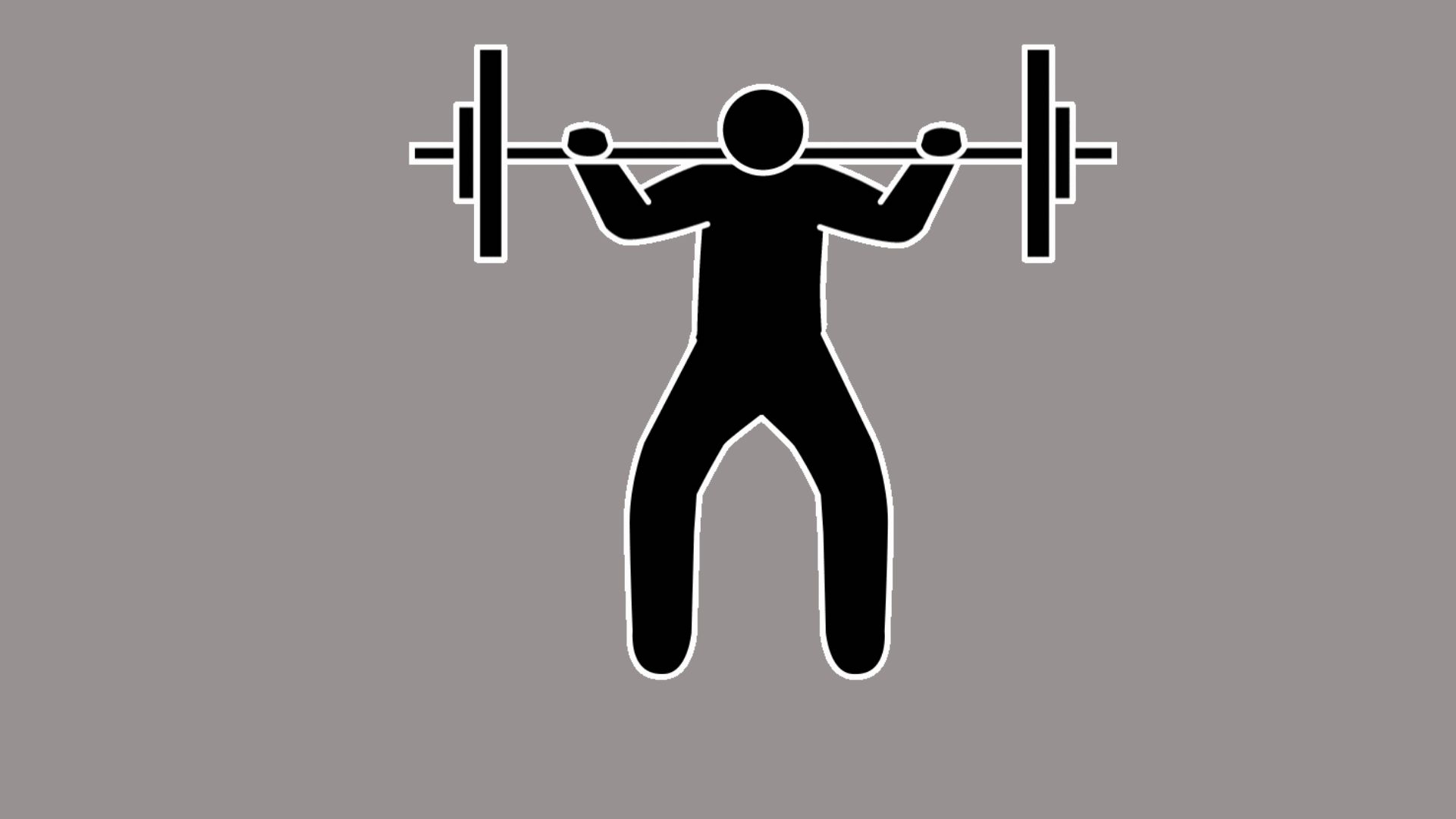Are you a 15-year-old looking to start strength training? Do you want to know how much you should be able to squat at your age? If so, this article is for you.
In this guide, we’ll discuss the importance of squatting, how much weight you should be lifting, and some frequently asked questions about squatting as a teenager.
As a 15-year-old, the amount of weight you should squat depends on your fitness level, strength, and experience. Starting with lighter weights and proper technique is crucial to avoid injury. Heavy lifting can put additional stress on developing bones and joints, so it’s recommended to work with a qualified fitness instructor. A good starting point for a beginner is around 50-75% of their body weight, but it’s important to progress gradually and listen to your body.
Depends on your fitness level, strength, and experience.
The amount of weight you can safely squat as a 15-year-old depends on several factors. Your fitness level, which refers to how physically active you are, can affect your ability to lift weights.
Your strength, or how much force your muscles can produce, also plays a role in determining how much weight you can lift.
Lastly, your experience with weightlifting will also influence your squatting ability.
As a beginner, it’s important to start with lighter weights and focus on proper form to prevent injury and build a strong foundation for future progress.
As a 15-year-old, it’s important to start with a weight that is appropriate for your fitness level and experience with weightlifting. Here’s a chart that can help you determine how much weight to start with based on your body weight:
| Body Weight | Starting Weight |
|---|---|
| 100 lbs | 50-70 lbs |
| 125 lbs | 60-85 lbs |
| 150 lbs | 75-105 lbs |
| 175 lbs | 85-120 lbs |
| 200 lbs | 100-140 lbs |
Remember that these are just starting points, and you should always listen to your body and gradually increase the weight as you become stronger and more experienced. It’s better to start with a lighter weight and focus on proper form than to lift too much weight and risk injury.
Start with lighter weights and proper technique.
Starting with lighter weights and proper technique is important to avoid injury because it allows your body to adapt gradually to the stresses of weightlifting.
If you start with weights that are too heavy or use improper technique, you increase the risk of straining or tearing muscles, tendons, or ligaments.
This can result in pain, swelling, and limited mobility that can take weeks or even months to heal.
By starting with lighter weights, you give your body time to adjust and build the necessary strength and stability to handle heavier weights in the future.
Focusing on proper technique ensures that you are using the correct muscles and avoiding putting unnecessary strain on other parts of your body.
Certainly, starting with lighter weights and proper technique is crucial to avoid injury when it comes to weightlifting. Here’s a chart that outlines some general guidelines for weightlifting progression:
| Lifting Level | Weight | Repetitions |
|---|---|---|
| Beginner | 50-70% of one-rep max | 8-12 |
| Intermediate | 70-85% of one-rep max | 6-8 |
| Advanced | 85-100% of one-rep max | 1-5 |
Again, it’s important to remember that these are general guidelines, and the weight and repetitions you choose should be based on your individual fitness level and experience. Always start with lighter weights and gradually increase the weight as you become stronger and more comfortable with proper form.

Heavy lifting can put stress on developing bones and joints.
Heavy lifting can put significant stress on developing bones and joints, which can increase the risk of injury or long-term damage.
Working with a qualified fitness instructor can help reduce this risk by ensuring that you are lifting weights safely and effectively.
A good instructor will be able to assess your fitness level and help you develop a weightlifting program that is appropriate for your age and development.
They can also teach you proper form and technique, which will reduce the strain on your bones and joints and help prevent injury.
A qualified instructor can monitor your progress and make adjustments to your program as needed to ensure that you are making steady, safe progress toward your goals.
Indeed, heavy lifting can put additional stress on developing bones and joints, so it’s recommended that you work with a qualified fitness instructor to ensure you are lifting safely and effectively. Here’s a chart that outlines some benefits of working with a fitness instructor:
Benefits of Working with a Fitness Instructor |
|---|
| Personalized workouts tailored to your goals |
| Proper form and technique guidance |
| Motivation and accountability |
| Reduced risk of injury |
| More efficient progress towards your goals |
By working with a qualified fitness instructor, you can ensure that you are lifting safely and effectively, while also receiving personalized guidance and motivation to help you achieve your fitness goals.
Progress gradually and listen to your body.
For a beginner, a good starting point for squatting weight is typically around 50-75% of their body weight.
This means that if you weigh 100 pounds, you should start with 50-75 pounds for your squatting exercises.
However, it’s important to remember that everyone’s body is different, and what works for one person may not work for another.
It’s crucial to progress gradually and listen to your body to avoid injury and ensure that you are making safe, steady progress toward your fitness goals.
As you become stronger and more experienced, you can gradually increase the weight you lift. But always remember to focus on proper form and technique to avoid injury and maximize your results.
Conclusion
In conclusion, if you weigh 150 pounds, a good starting point for squatting weight is around 75-112.5 pounds, which is 50-75% of your body weight.
However, the amount of weight you can safely squat will depend on your fitness level, strength, and experience with weightlifting.
To avoid injury and make steady progress toward your goals, it’s important to start with lighter weights and focus on proper form and technique.
As you become stronger and more experienced, you can gradually increase the weight you lift. Working with a qualified fitness instructor or coach can also help ensure that you are lifting weights safely and effectively.

Hey there, it’s Mike Rrsq, the Editor-in-Chief over at Jsquat.com, and I’m absolutely obsessed with all things squat fitness! I’ve been lucky enough to get some serious recognition for my work in this field. With a solid background in the fitness and wellness industry, I’ve been there right from the get-go, helping shape this website into what it is today.
You see, I’m not just the boss around here; I’m also a passionate contributor. I love sharing my insights through my articles, and trust me, they’re not your run-of-the-mill stuff. Each piece I write is a labor of love, filled with my expertise and real-world experience in the fitness universe. So, if you’re into fitness and looking for some inspiration, you’re in the right place!

